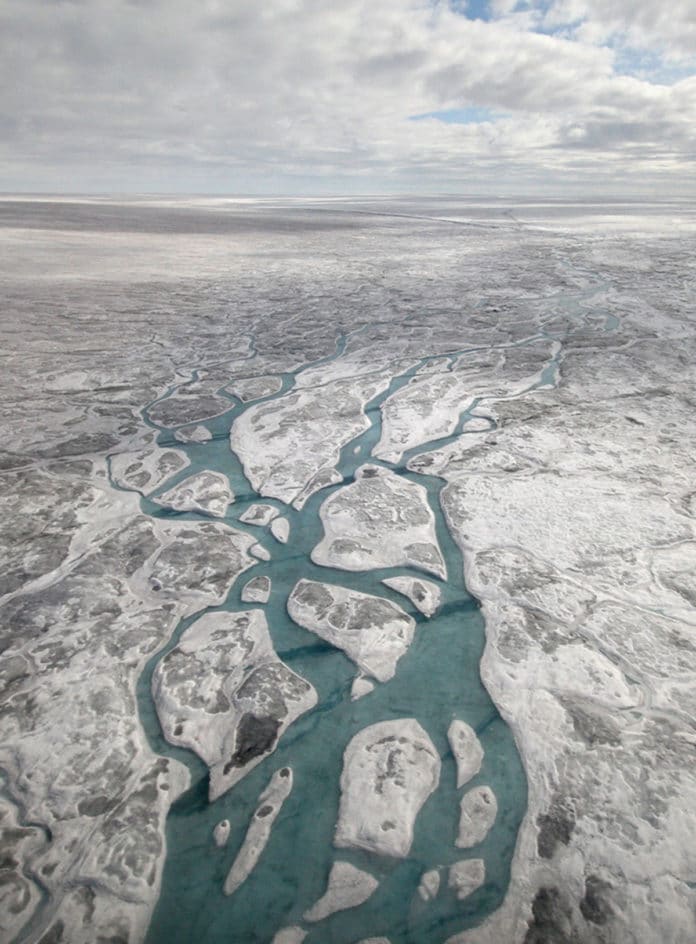By analyzing more than 500,000 km of airborne radio echo-sounding data, which provides pictures of the bed of the Greenland Ice Sheet, scientists from the Universities of Lancaster, Sheffield, and Stanford recognized 56 subglacial lakes and a further two utilizing ice-surface elevation changes.
However, these lakes are typically smaller than similar lakes in Antarctica, and their revelation exhibits that lakes underneath the Greenland Ice Sheet are substantially more common than previously thought.
This discovery is expected to offer detailed information on where water occurs and how it drains under the ice sheet, which influences how the ice sheet will likely respond dynamically to rising temperatures.
The newfound lakes run from 0.2-5.9 km in length, and the larger part was found underneath relatively slow-moving ice away from the primarily frozen bed of the ice sheet inside and seemed relatively stable.
Lead author Jade Bowling of the Lancaster Environment Centre, Lancaster University, said: “Researchers have a good understanding of Antarctic subglacial lakes, which can fill and drain and cause overlying ice to flow quicker; however, until now, little was known about subglacial lake distribution and behavior beneath the Greenland Ice Sheet.
“This study has, for the first time, allowed us to start to build up a picture of where lakes form under the Greenland Ice Sheet. This is important for determining their influence on the wider subglacial hydrological system and ice-flow dynamics and improving our understanding of the ice sheet’s basal thermal state.”
Dr. Stephen J. Livingstone, Senior Lecturer in Physical Geography, University of Sheffield, said:
“The lakes we have identified tend to cluster in eastern Greenland, where the bed is rough and can therefore readily trap and store meltwater, and in northern Greenland, where we suggest the lakes indicate a patchwork of frozen and thawed bed conditions.”
“These lakes could provide important targets for direct exploration to look for evidence of extreme life and to sample the sediments deposited in the lake that preserve a record of environmental change.”
Journal Reference
- Bowling, J.S., Livingstone, S.J., Sole, A.J. et al. Distribution and dynamics of Greenland subglacial lakes. Nat Commun 10, 2810 (2019). DOI: 10.1038/s41467-019-10821-w
